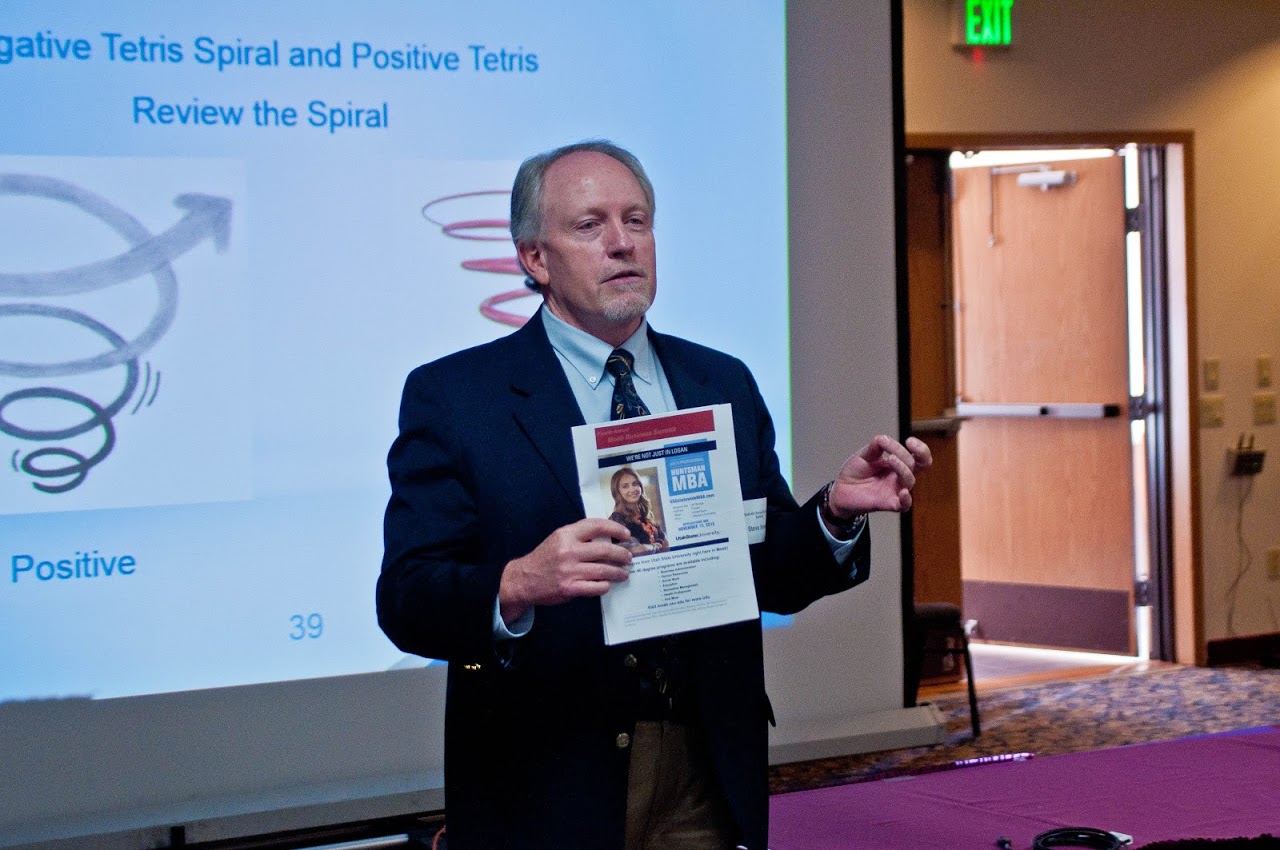Utah State University-Moab is turning to local officials for help in bringing its vision of a new campus to life.
With at least two years to go before the university is expected to break ground on the first phase of its 40-acre development, USU-Moab Dean Steve Hawks is asking the city and county councils to set up a campus funding task force.
According to Hawks, the task force could come up with local funding mechanisms and revenue streams that might be available. The university could then bond locally against that money for portions of the funds it needs to build the campus, which would be developed in phases as additional funding becomes available.
The City of Moab previously created a USU-Moab set-aside fund that now totals $375,000, while Grand County launched its own fund with an initial commitment of $75,000. As the county reviews plans to make an additional pledge of $150,000 in 2016, Hawks is asking both entities to take another step forward and make a firmer commitment of funding for the school.
Moab Mayor Dave Sakrison wonders how the city could create the kind of bonding mechanism that Hawks envisions.
“I’m curious (about) being able to bond,” Sakrison said. “I don’t know how you would do that.”
According to a letter from USU President Stan Albrecht, a similar bonding strategy accelerated the development of USU’s regional campus in Brigham City. That campus – and a similar one in Tooele that received substantial community-level support – are now getting ready to celebrate their grand openings in the coming weeks.
“We’re the only one that doesn’t have a brand-new building or campus, but that is very much our agenda,” Hawks said.
Albrecht has said he considers Moab to be the next regional campus facility on the university’s construction wish list, and Hawks said the school will continue to work with private donors and state lawmakers to fill in whatever funding gaps remain.
“This isn’t just a local person’s random idea; this is something that has the full backing and support at the highest levels of USU administration,” he said.
There are two pieces to the university’s funding puzzle, starting with its needs for new infrastructure in a currently undeveloped area on the west side of the U.S. Highway 191-Mill Creek Drive intersection.
“It’s going to be a significant amount of money,” Hawks said.
Right now, the university is in the process of retaining an engineering firm to complete a detailed study of those potential costs, which include expenses for new roads, as well as water, sewer, power, gas and fiber optic lines.
The city has already raised funds to redo the intersection; Hawks is hoping that the project could potentially include an underpass for bicyclists and pedestrians, as well as traffic signals.
“It would be ideal at the same time that that’s happening, if we could make it a four-way intersection, possibly signalized,” he said.
University officials are preparing to seek federal funding for some of the area’s infrastructure needs, and they plan to reach out to Utah’s Permanent Community Impact Fund Board (CIB) for financial help next May.
Sakrison said he hopes the engineering firm’s estimates are dead-on and readily available in the near future.
“We’ve got to have good numbers if we’re going to go to the community impact board,” Sakrison said. “If we get those numbers quick enough, we should be able to catch the legislature.”
Hawks and others recently had the opportunity to make the university’s case for more state funding when Utah lawmakers came through Moab in September, and he believes they’re aware of its needs.
“We beat the drum pretty loud when we had access to the state legislative tour a couple of months ago about state support for that infrastructure piece,” he said.
As for the city’s role in infrastructure-related development, Moab City Manager Rebecca Davidson has committed about $6,000 to study the issue.
“We’re working to really understand the infrastructure,” she said.
Davidson said she believes the city’s partnership with the university can ultimately be beneficial to the community as a whole.
“It makes sense to be partners in this, in some ways,” she said. “The question is, what makes the most sense right now?”
Apart from the infrastructure-related costs, Hawks estimates that the university will need about $8 million to develop the first phase of the campus, which could come from a variety of local, state and private sources.
“If we could bond for $4 million as a community, then that’s halfway there,” Hawks said. “And then we could go aggressively after legislative funding and private donor funding.”
University dean asks city, county to form funding task force
We’re the only one that doesn’t have a brand-new building or campus, but that is very much our agenda.




